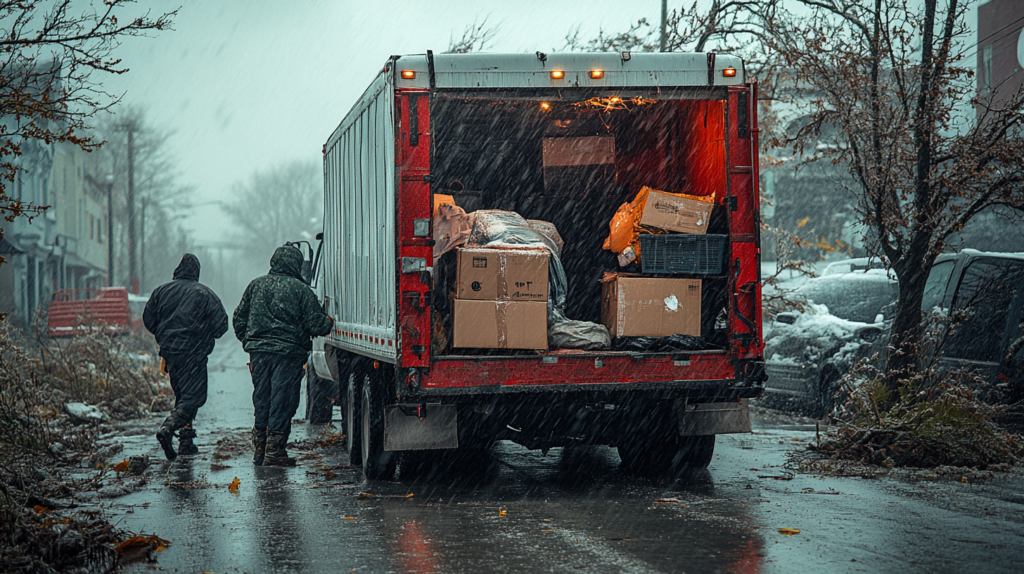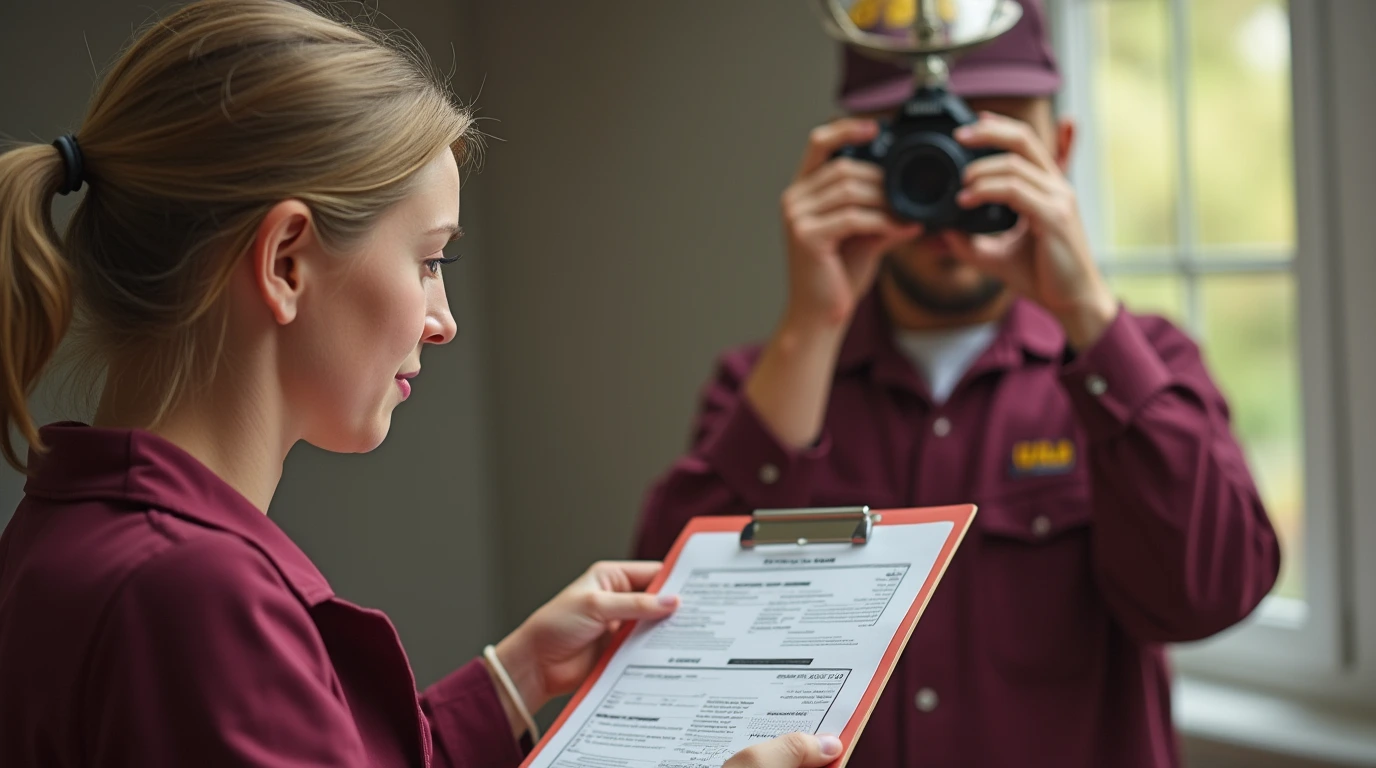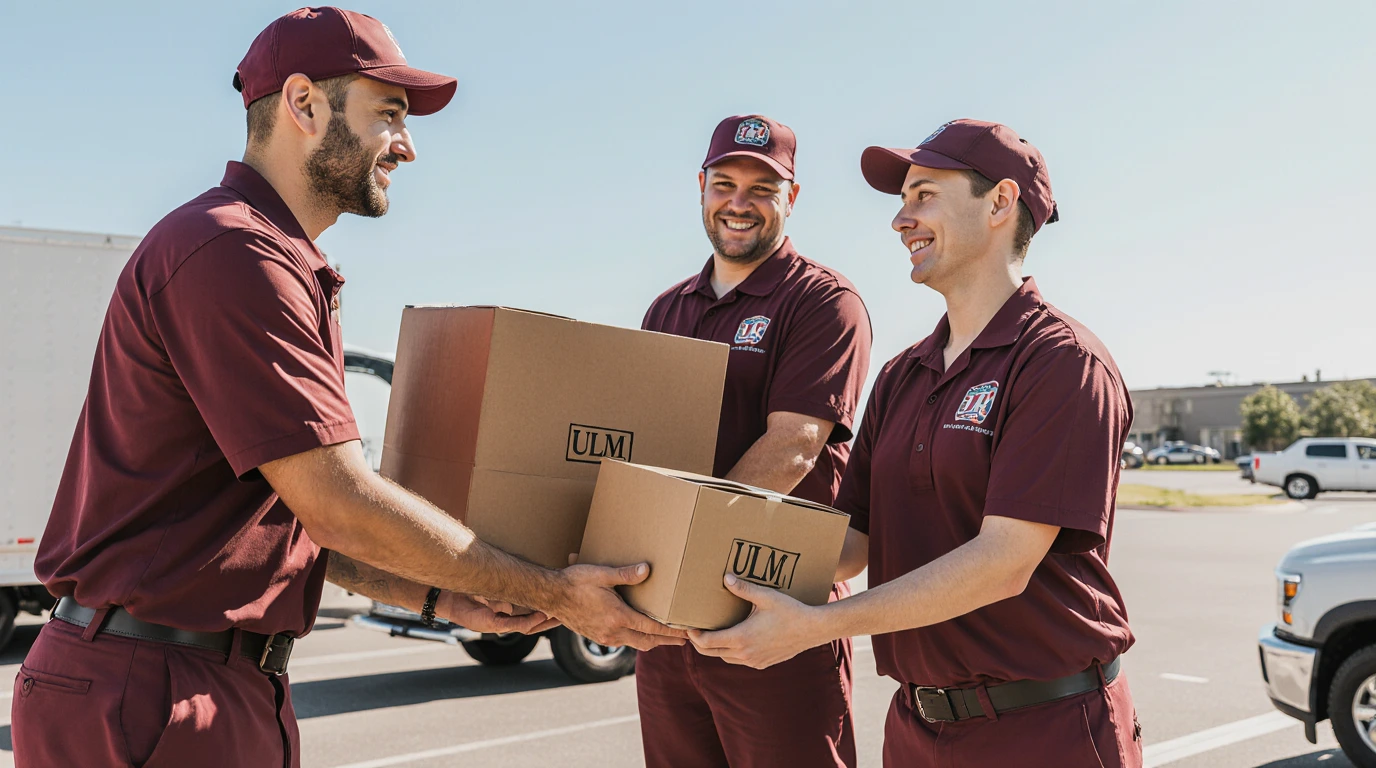
Moving can be a stressful experience, and adding bad weather to the mix only heightens the challenges. Whether you’re moving furniture, relocating to another city, or simply transitioning to a new home, understanding how to handle adverse weather conditions can make all the difference. This guide offers comprehensive insights into managing a move in various bad weather scenarios across the U.S., from torrential rain to blizzards, ensuring your relocation is as smooth as possible.
Preparing for Your Move in Bad Weather
Check the Forecast Regularly Start by monitoring the weather forecast as your moving day approaches. This will help you prepare for any unexpected changes in weather, especially crucial if you’re moving to another city where weather conditions can differ significantly.
Secure the Right Materials Ensure that you have weather-resistant materials on hand. Use plastic wraps to protect your belongings from water damage and secure loose items with strong straps to prevent them from being blown away or damaged in windy conditions.
Plan for Delays Bad weather often leads to delays. Be flexible with your scheduling, allowing extra time to load and unload belongings safely. If severe weather is forecasted, consider rescheduling to a clearer day if possible.
Tips for Moving in Specific Weather Conditions

Rain and Thunderstorms
- Protect Your Belongings: Wrap furniture and electronics in waterproof covers to prevent water damage.
- Safe Handling: Use non-slip mats and wear appropriate footwear to prevent slips and falls when carrying items.
- Visibility: Ensure all paths and walkways are well-lit, as rain can significantly decrease visibility.
Snow and Ice
- Clear Pathways: Remove snow and ice from walkways, driveways, and around the moving truck. Apply salt or sand to improve traction.
- Keep Warm: Dress in layers and keep extra gloves and hats available for you and your helpers to avoid hypothermia.
- Protect Floors: Use floor coverings to protect against water and salt damage inside your home.
High Winds
- Secure Items: Tie down any loose items that might be blown away. Close all vehicle windows and secure doors when transporting items.
- Watch for Falling Debris: Be cautious of potential flying debris or falling branches when loading or unloading your belongings.
Extreme Heat
- Stay Hydrated: Keep plenty of water available for everyone involved in the move.
- Protect Against Sun: Use sunscreen and wear light, protective clothing.
- Ventilate Your Vehicle: Ensure that your air conditioning is working in the moving vehicle to protect perishable items and keep everyone cool.
Ensuring Safety and Efficiency

Communication is Key Keep in close communication with your moving team and monitor weather updates together. Ensure everyone knows the plan for handling the bad weather and any contingency measures.
Hire Professionals Consider hiring a professional moving company experienced in dealing with adverse weather conditions. They can provide valuable insights and resources that ensure your belongings are transported safely and efficiently, regardless of the weather.
Insurance and Protection Verify that your insurance covers damage caused by bad weather during the move. This provides peace of mind that you’ll be protected financially if the unexpected happens.
Conclusion
Moving in bad weather, be it moving furniture or relocating an entire household, requires additional precautions and preparation. By planning ahead, using the right materials, and understanding how to navigate through rain, snow, wind, or extreme heat, you can mitigate risks and keep the moving process as stress-free as possible. Remember, safety is paramount, and sometimes waiting out severe weather is the best strategy. With the right approach, you can ensure that your move in bad weather is successful and efficient.



